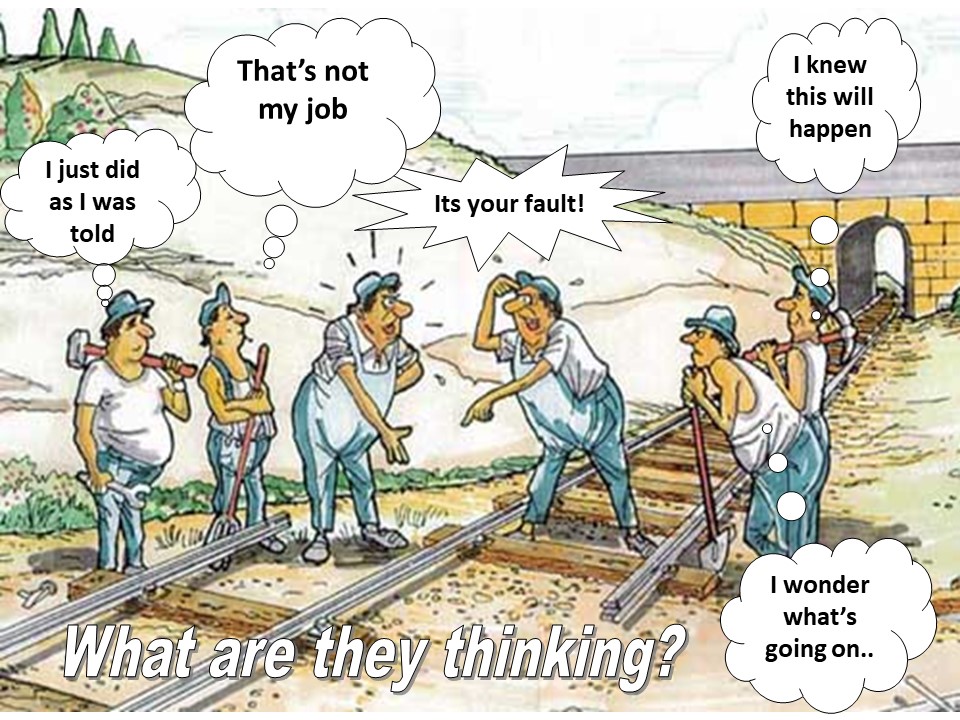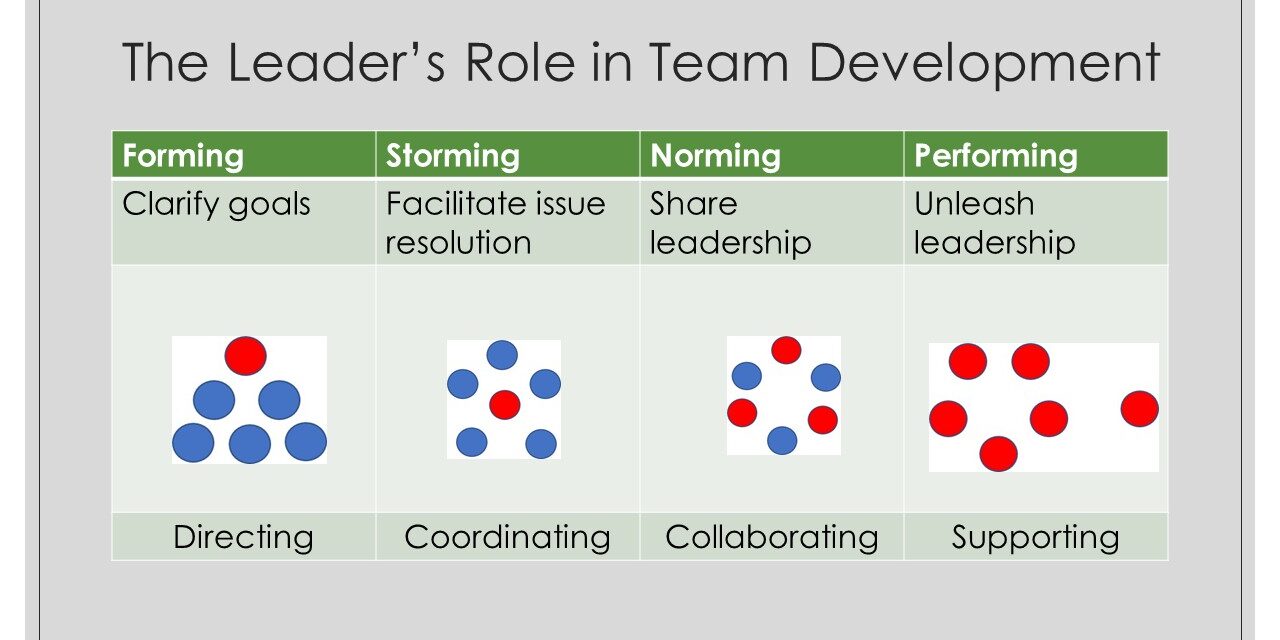Relationship spells the difference between commitment, and minimum compliance, interdependence and counter-dependence, collaboration and to each his own. Leaders who don’t know how to build a strong working relationship with the team will find themselves frustrated with progress and end up putting out fires a lot.
Building strong relationships with your team members is not just a nice-to-have skill for a manager; it’s a critical component of effective leadership. The ability to connect with and gain the trust of your team can significantly impact their performance, motivation, and job satisfaction. In this article, we’ll explore the challenges of relationship building, the importance of strong relationships in the workplace, and provide a detailed guide on the steps to build and maintain these connections. We’ll also touch upon the risks involved and how to manage them effectively.
The Challenges of Relationship Building
 Building meaningful relationships with your team members can be challenging for several reasons:
Building meaningful relationships with your team members can be challenging for several reasons:
- Diverse Personalities: Your team comprises individuals with diverse backgrounds, personalities, and communication styles. Understanding and adapting to these differences can be a challenge.
- Time Constraints: The demands of your managerial role can limit the time you have available for relationship-building activities.
- Conflicting Interests: Sometimes, your team members may have conflicting interests, creating potential sources of tension.
- Trust Building: Trust is the foundation of any strong relationship, and it takes time to develop. Building trust can be a delicate process.
The Importance of Strong Relationships
 Strong relationships with your team members offer several benefits, including:
Strong relationships with your team members offer several benefits, including:
- Improved Communication: When team members trust you, they are more likely to share their thoughts, concerns, and ideas openly, leading to better communication within the team.
- Higher Morale: A positive working relationship with your team can boost morale and job satisfaction, leading to higher retention rates.
- Increased Productivity: Teams with strong relationships tend to work more cohesively and efficiently, resulting in improved overall productivity.
- Conflict Resolution: Good relationships can facilitate smoother conflict resolution, as team members are more willing to collaborate in finding solutions.
Steps to Building Strong Relationships with Your Team

- Building the team deliberately: As a leader, you must devote time to get your team to bond, agree on a set of common goals, set and level expectations, and establish norms for working together. This is not a one-time event. You don’t go to the beach one day and find your team built. It’s something that you need to do repeatedly where agreements are constantly reviewed and upgraded.
- Active Listening: A lot of the relationship-building will be done on a one-to-one basis. Listening plays a vital part in it. Pay close attention when a team member speaks. Make an effort to understand their perspectives and show empathy towards their concerns.
- Open Communication: Foster an environment of open and honest communication. Encourage feedback and be receptive to both positive and negative input. I always say that managers have to be careful with their words so that team members won’t have to be too careful with theirs. You must communicate in a way that encourages members to respond candidly. By being careful with your words, I don’t mean sugar-coating. Just like sugar, it can hurt the relationship. Build a communication culture of candor by establishing rules of engagement for communication with your team.
- Empathy: Understand the challenges your team members face, both professionally and personally. Show that you care about their well-being. While you empathize, your appreciation of their situation mustn’t lead to lowered expectations. Don’t lower your standard, increase your support.
- Recognition and Appreciation: Acknowledge and appreciate your team members’ efforts and achievements regularly. The key to proper recognition is specificness. They must know exactly what they did well. Timeliness is also an important feature of recognition. Don’t wait for the annual appraisal to recognize a team member.
- Set Clear Expectations: Ensure that your team members understand their roles and responsibilities, as well as your expectations of their performance. As you recognize them for what they do well, they need to know that they are accountable when they exhibit behaviors that are not up to the standards that you agreed on.
- Invest Time: Allocate time for one-on-one meetings with your team members to discuss their goals, concerns, and career development.
Check out our blog on How a Leader can build trust within the team.
Managing Risks in Relationship Building
While building relationships with your team members is essential, it’s not without risks. Here’s how to manage them:
- Perceived Favoritism: Be fair and impartial in your dealings with all team members to avoid any perception of favoritism.
- Over-involvement: Balance your involvement in your team members’ lives. While empathy is crucial, avoid becoming overly involved in their personal issues.
- Confidentiality: Respect the confidentiality of personal information shared by your team
Equip your leaders in building a high-performing team today.
Building strong relationships with your team members is a continuous process that requires time, effort, and a genuine commitment to their well-being and professional growth. The benefits of these relationships in terms of communication, morale, productivity, and conflict resolution far outweigh the challenges involved. By following the steps outlined in this guide and effectively managing associated risks, you can foster a positive and productive work environment where your team members thrive, and your leadership shines.







